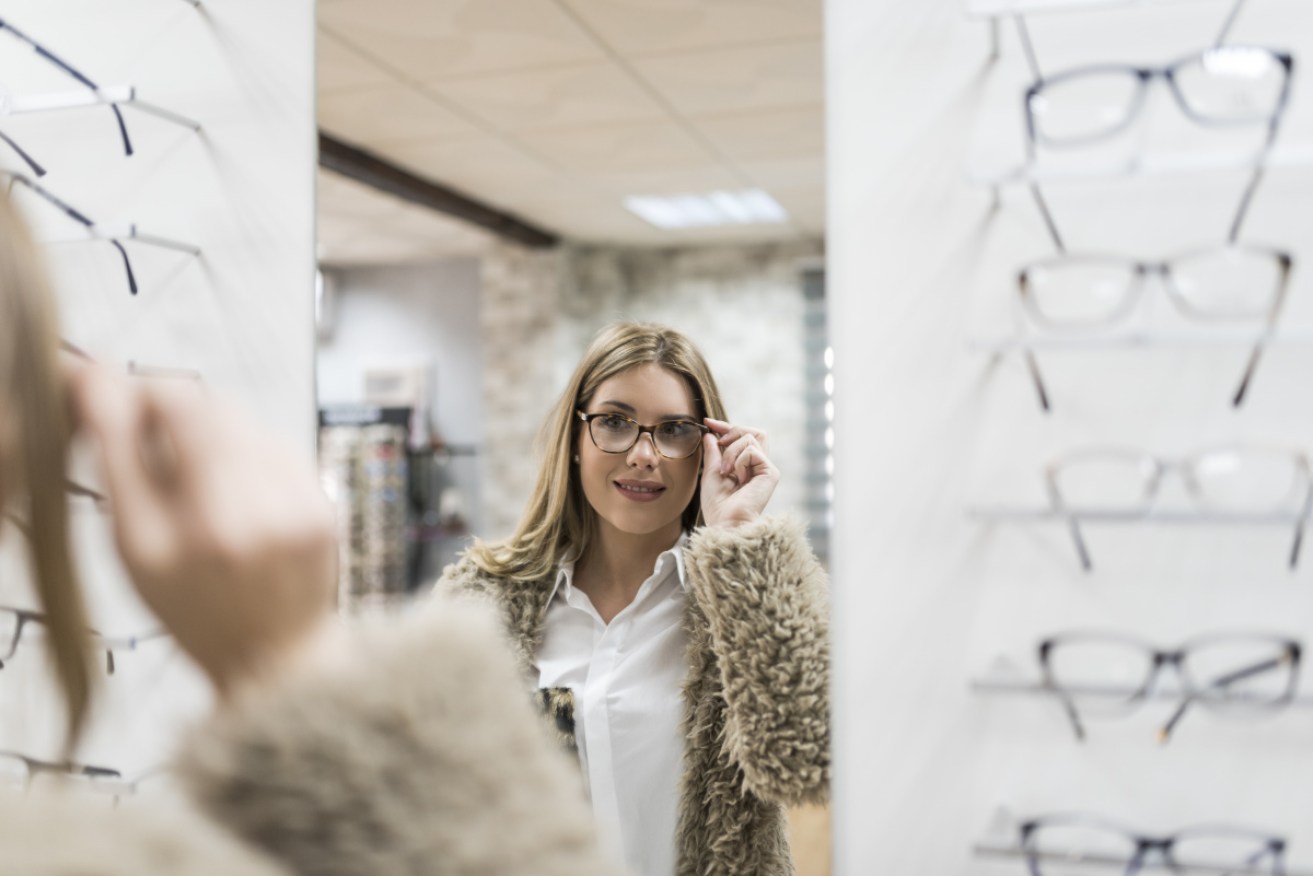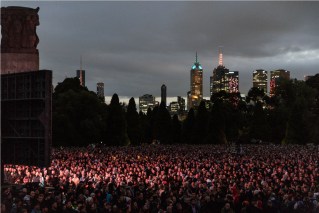Don’t try, just buy: How shopping will change post-coronavirus


The retail experience as we know it has changed. So, what can we expect? Photo: Getty
It’s December 2019 and the stores are packed.
It took you 18 minutes to find a spot in the car park and now you’re trying to overtake two slow-walkers with prams.
You finally turn the corner and breathe a sigh of relief as you walk into Lush, where everything smells like fruit and sunshine.
The retail assistants are ready to impart a wealth of knowledge as you test out their newest organic hand cream. Life is good.
But shopping in 2020 is shaping up to look a little different.
The slow-walkers are glaring at you because you forgot your face mask, and instead of sweet fragrances, the familiar aroma of disinfectant wafts from every store (but hey, you found a car space straight away).
So, exactly how different will our retail experiences be?
Associate Professor Gary Mortimer, consumer behaviour researcher at Queensland University of Technology business school, said that brands will have to adapt to help customers feel more comfortable.
Customers used to look for attentive staff, product testers and intimate atmospheres for a luxurious shopping experience.
Post-COVID, they’re looking for hand sanitiser and as much personal space as possible.

On its busiest days, Chadstone shopping centre sees as many as 68,000 shoppers. Photo: AAP
“Prior to COVID-19 there were lots of things retailers were doing to create a positive customer experience,” Professor Mortimer told The New Daily.
“We often talk about the ‘servicescape’, and that involves a number of things such as the atmospherics of the store, scents and fragrances – whether that’s coffee if it’s a cafe or bistro, or maybe it’s fragrances if it’s a perfume store or an apparel store.”
That atmosphere is in the back seat now.
Ben Hawkins, general manager for retail store design consultancy Black Line Retail, said brands would do well if they can create an engaging experience, while also showing they care.
“Customers are looking to retailers that are showcasing they care, and that’s going to be critical post-COVID-19,” Mr Hawkins told The New Daily.
“Really overt statements of cleanliness are going to be key.
“I’ve seen in Woolworths people constantly cleaning shopping trolleys when you go in – that’s a really overt statement to say, ‘We care’. That’s going to be key.”
Seeing big changes
We’ve grown used to shopping for clothes online, without that in-store fitting experience.
But don’t expect hands-on tailoring services to resume any time soon, Professor Mortimer said.
“There’s a lot of contact that happens in the in-store retail experience that will have to shift and change,” he said.
Some brands that previously allowed customers to handle products in store will have to change their approach drastically.
Bad news for make-up addicts: Testers at the counter are likely to be a thing of the past.
Jessica Vredenburg and Megan Phillips from the Auckland University of Technology touched on this in The Conversation: They wrote that conventional retail theory revolves around the more consumers touch and sample, the more they buy. This will pose a hurdle for, in particular, the cosmetics industry.
And think: You’d never buy a pair of glasses without trying them on first.
Leading optometry chains Specsavers and OPSM have introduced a ‘virtual mirror’ where customers can upload images of themselves and try different glasses on from the safety of their homes, Professor Mortimer said.
They’re among the legion of stores in favour of no-touch retailing – some of which will ensure shoppers are discouraged from touching products unless they intend to buy.

Stores will likely enforce no-touch retailing. Photo: Getty
How to keep the shoppers shopping
In order to keep customers feeling safe, at ease, but still engaged with products and brands, it’s going to take a medley, our experts told us.
For that servicescape Professor Mortimer mentioned, background assets are important.
“(Servicescapes) also includes tempo and music, and colour is really important,” he said.
“Red colours tend to create a sense of urgency, blue colours tend to create a sensation of calm, like blue skies and water. The layout, the feel and the warmth of the store, so woodgrain floors, dark ceilings, spot lightings on products.”
Mr Hawkins said retailers should still try to hit all the targets.
“The golden nugget that everyone is after is to activate all five senses, touch, smell, sound, as well as taste if you possibly can,” he said.
“That’s why retailers like T2 and Lush do so well, because they activate as many sensory tools as they have available to customers. That’s why they are wonderful customer experiences.”








